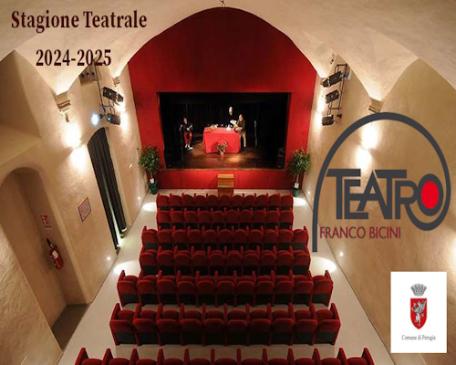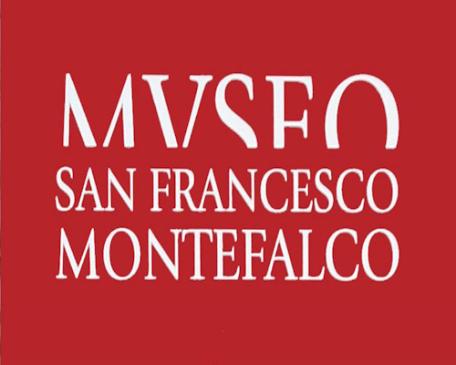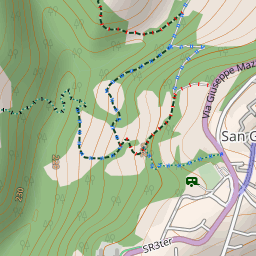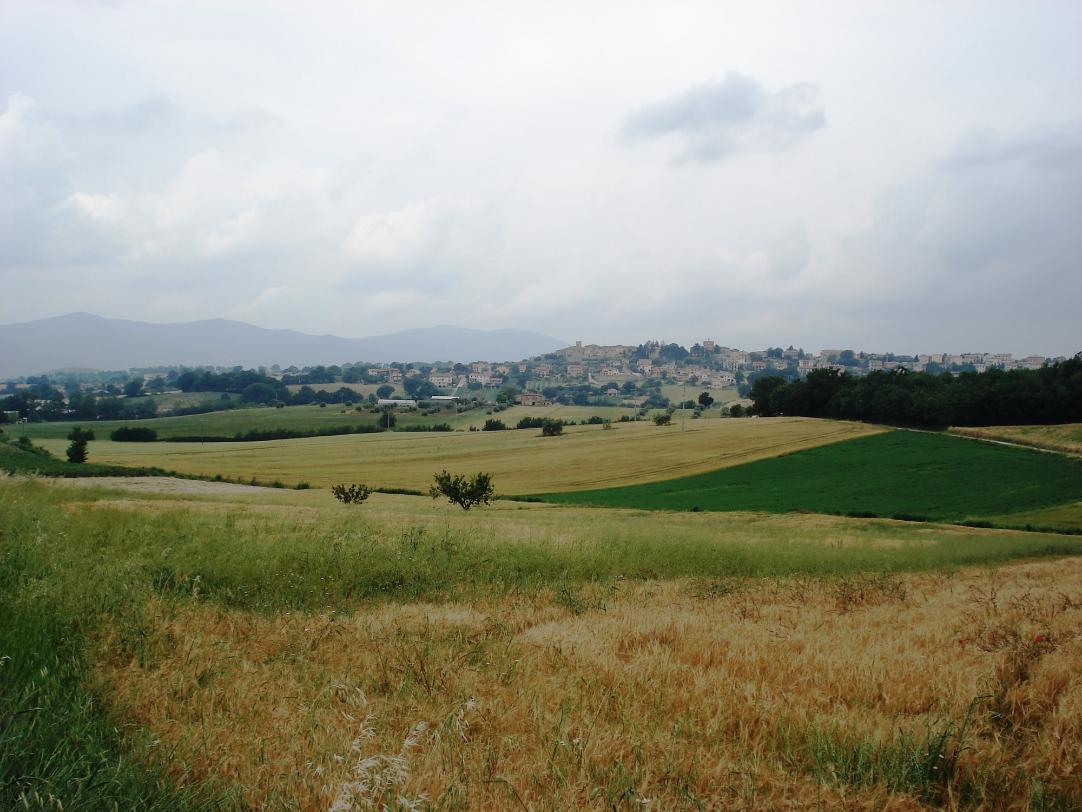San Gemini is famous for its mineral and thermal springs, which came about after geological changes deep within the earth. Start your tour here, just outside the medieval centre, where you'll see the 13th century Palazzo Pubblico. Visit the Romanesque church of San Nicolò, which was listed in 1036 as belonging to the Farfa Abbey. San Gemini, or Casventum, as it was called in the Roman era, was once an important Roman municipality along the old north-south Via Flaminia. The spectacular intact remains in the archaeological area of Carsulae help you to understand the city's layout, where you can enjoy the amphitheatre, the arch of San Damiano and other major landmarks. Then head to nearby Acquasparta, another medieval village where Palazzo Cesi was the first seat of the Accademia dei Lincei, founded in 1603 by Federico Cesi. The Renaissance home of the illustrious Cesi family is decorated with frescoes, wooden ceilings and sculptures. Acquasparta is renowned for its thermal springs thanks to the Fonte Amerino. The water that surges here is ideal for curing certain illness. The thermal baths are located in the lovely park of Fonte Amerino and is open from May through October.
Now head west, towards Avigliano Umbro, but first go see the Fossil Forest along the way. This amazing prehistoric park features some 50 pine trunks that date to the Pliocene era. After your visit there, enjoy a walk around the town of Avigliano. As you stroll down the streets, stop in and see the Church of the Santissima Trinità, which houses a canvas depicting the Madonna of the Rosary, a work attributed to Andrea Polinori, a celebrated painter from Todi. As the day, and the tour, comes to an end, why not stop in for a plate of picchiarelli alla sangeminese? It's a delightful dish of handmade pasta with a nice and spicy sauce topped with grated pecorino cheese.


















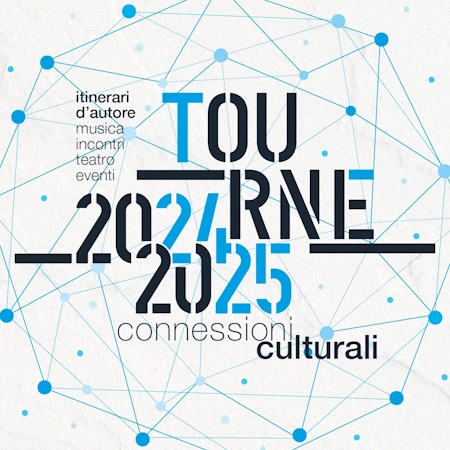
.jpg/59c37a8c-4576-ad5d-b902-45b108fa3d68?width=456)

